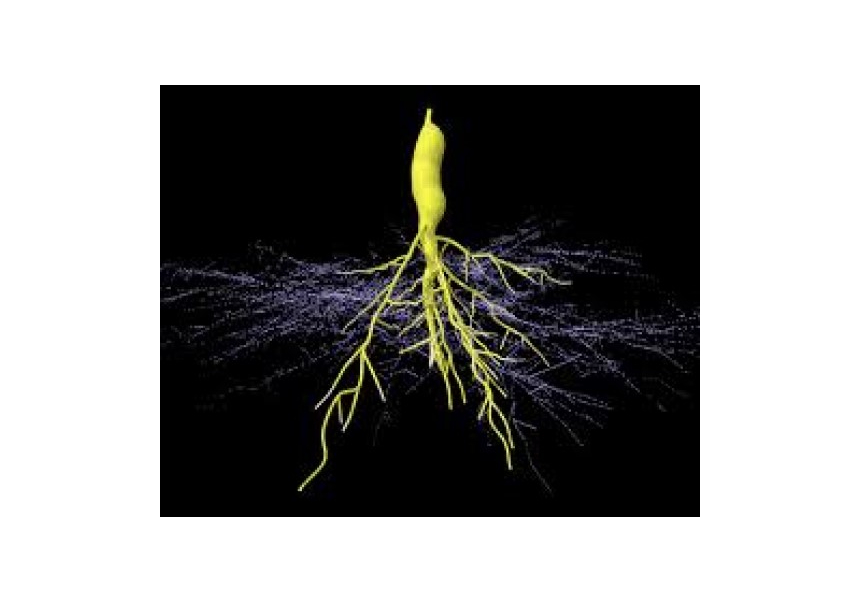
A study in which the Centro de Investigaciones sobre Desertificación (CIDE), a joint center of the CSIC, the UV and the GVA, participates, discovers that fungi, when they lose their related plants, tend to reconnect to species related to them.
The work, which also involves the University Miguel Hernández and the Center for Soil Science and Applied Biology of Segura (CEBAS) of CSIC, is published in the journal Communications Biology.
A study in which the Centro de Investigaciones sobre Desertificación (CIDE), a joint center of the Consejo Superior de Investigaciones Científicas (CSIC), the University of Valencia and the Generalitat Valenciana, participates, analyzes how mycorrhizal networks reconnect when they lose their preferred hosts. The work has been carried out in plant communities characteristic of gypsiferous ecosystems, and is published in the journal Communications Biology.
In the face of biodiversity loss, knowledge of the dynamics of interactions between different species in an ecosystem, the so-called ecological networks, is key. Mutualistic networks are dynamic networks in which species that share the same habitat interact and mutually benefit each other, as is the case, for example, of mycorrhizae, which is the association between plant roots and certain groups of fungi. Generally, these interactions occur between related species. But what happens when one of these species disappears or colonizes a new habitat where the species with which it is usually associated are not present?
Alicia Montesinos, CSIC researcher at CIDE, explains that "we have studied mycorrhizae in plant communities present in gypsiferous soils in landscapes that are naturally fragmented. We have been able to observe that these fragments harbor plant and mycorrhizal communities with a similar composition, but with slightly different interaction patterns. The study of these differences has allowed us to calculate the probability of the occurrence of some interactions or others".
The work of the CIDE researchers shows that fungi, when their preferred plant species are not present, interact not by chance but preferentially with roots of plant species related to them. In this way, the vulnerability of fungal species to the loss of the plant species with which they are intimately related is reduced.
The results of this research, in which the Miguel Hernández University (UMH) and the Center for Soil Science and Applied Biology of the Segura (CEBAS) of the CSIC have also participated, provide a better understanding of the rules that govern how relationships between species in communities in natural ecosystems are reconnected, and contribute to improving the prediction of the consequences of global change in the cascade of extinctions that currently threatens biodiversity.
More information: Alicia Montesinos-Navarro, Gisela Díaz, Pilar Torres, Fuensanta Caravaca, Antonio Roldán. Phylogenetic rewiring in mycorrhizal-plant interaction networks increases community stability in naturally fragmented landscapes. Communications Biology.
https://www.nature.com/articles/s42003-019-0700-3
DOI: https://doi.org/10.1038/s42003-019-0700-3
CIDE Communication









